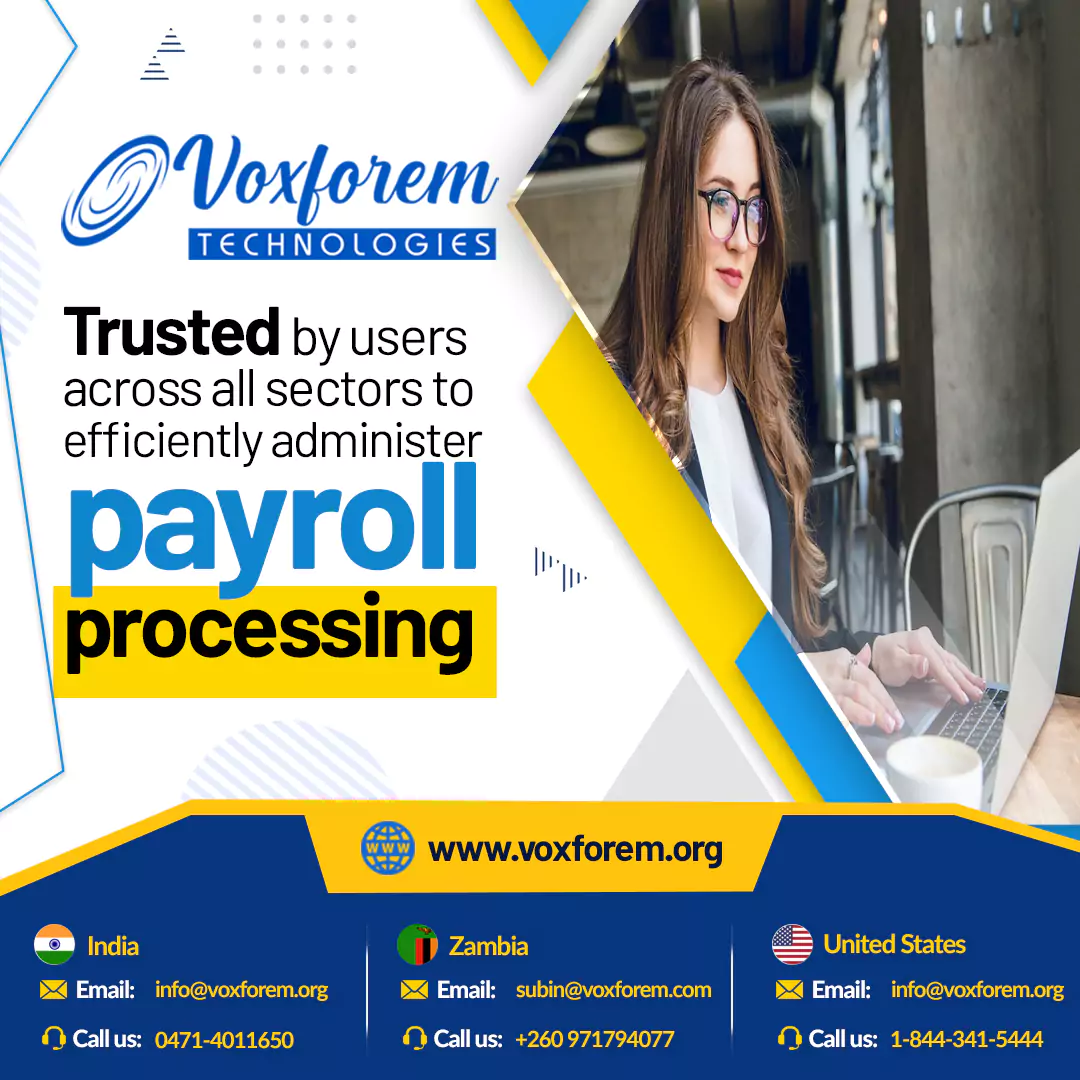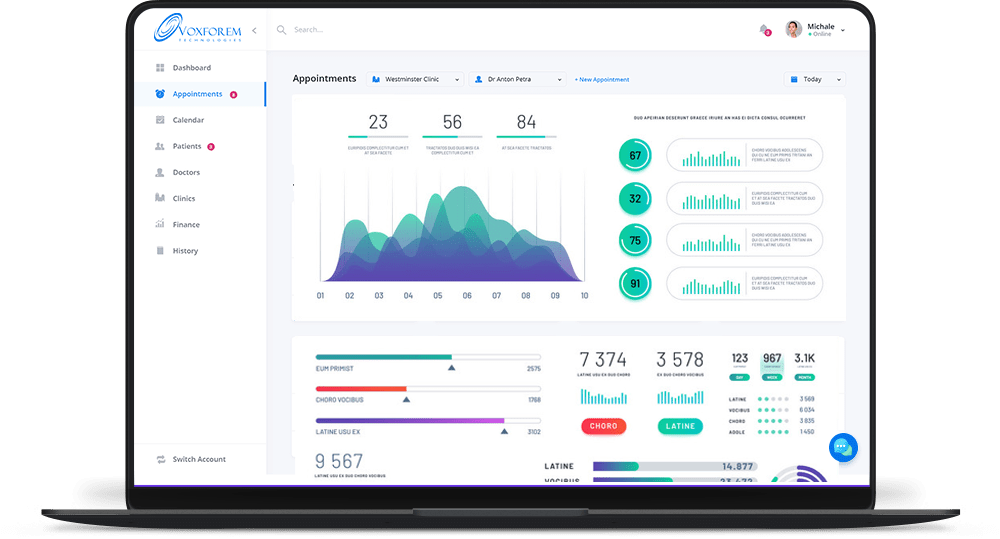
Payroll Software: How to Choose the Right One
When choosing payroll software for your business, it's important to consider several factors. You want to make sure that your employees are paid accurately and on time, avoid penalties for mistakes in tax filings, and eliminate the tedious task of manually going through various timesheets each month, which increases the risk of errors. This is a significant decision that could have a significant impact on your company's long-term success.
When you are selecting the right payroll software for your business, it is important to consider several factors. This is especially crucial if you want to ensure that your staff members are paid accurately and on time, avoid penalties for errors in tax filings, and eliminate the time-consuming task of manually going through various timesheets each month, which can result in costly mistakes.
Since this is an important decision that could impact your company's long-term success, it is advisable to take a moment to pause and think before making a choice.
If you are looking for payroll software that fits your specific needs, you can follow the three-step method outlined below:
- Analyze the payroll requirements for your company.
- Identify the key features of payroll software that would facilitate payroll processing.
- Make a shortlist and evaluate two to three options.
Analyze the payroll requirements for your company
Identifying your payroll requirements is the first step to making your search for payroll software more focused. Here are six essential questions you should answer to identify your business's payroll system needs. Please keep in mind that it is best to provide a comparison of no more than two or three options.
- How Many Workers Do I Have ? The number of workers you now have in your company should be your top priority. Do you have a big or small crew, for instance? How many workers do you think will start working with you soon?
You should select a payroll system that can grow with your company's workforce and doesn't require a lot of technical know-how to add additional employees. - Which Type of Workers Am I Having ?Your choice of time-tracking system depends on whether your workers are remote or on-site, as determined by their employment status (independent contractors, part-timers, or full-timers, for instance).
The payment method you choose for your employees depends on the type of workers you have under your management. If your employees have bank accounts, it is advisable to have a payroll system that supports direct deposit. Additionally, if you accept cheque payments, you should consider this when setting up your payroll system. - When Should I Pay My Workers ?It is necessary to respond if your payment plan differs from the default arrangement or is limited to one-time payments.
- What I Would Like to Do About Taxes ?Taxes, social security, and other benefits must be deducted from employee paychecks before payment release. This ensures compliance with legal and ethical obligations while also fostering a positive workplace culture.
- How Would I Like to Give Employees Access to My Payslips ?Payroll software that empowers your staff and saves you time. Once payment has been received, employees should be able to view their payroll slips through their portal or have them forwarded to their emails.
Identify the key features of payroll software that would facilitate payroll processing
As a result of answering the five questions previously, you should now have a clear understanding of what features you need in your ideal payroll software.
Payroll software has the benefit of precisely managing and documenting taxes, which can be laborious.
- Various Methods of PaymentPayroll software with several payment choices is a nice tool to have. Payroll procedures can be streamlined by administrators by using a direct deposit function instead of personally competing and distributing paychecks, as employees may have different payment preferences. Purchasing payroll software has the purpose of saving you time and money.
- Individual Service Portal for EmployeesWith the help of this tool, employees can simply access payroll data, plan their leave, check their balance, file year-end taxes, and more via a dashboard.
- Integration SkillsPayroll software functions more effectively when it improves analytics through linkages and streamlines operations. Payroll software, for instance, might obtain data directly from accounting and human resources (HR) systems rather than from separate departments, which can lead to inaccurate information. Additionally, it must to be able to work with the current attendance or time-tracking system.
- Adaptable Workplace SolutionsIt is crucial to determine whether the software is appropriate for the kind of workers in your organization. For instance, certain packages provide contract, part-time, or full-time staff. Nevertheless, selecting one that provides versatility with all three options is preferable.
- Usability and AccessibilityVerify that you and your staff can use any device to access the portal. Additionally, see if the dashboard is user-friendly and straightforward enough for you to use it without assistance.
- AlertsLook for payroll software that provides numerous notification choices, such as emails, SMS, and reminders.
- Safety and ReliabilityThe most sensitive data is related to your organization and employees. As a result, search for systems that have robust security features including limited access control, file encryption, file authentication, password protection, and storage security.
Make a shortlist and evaluate two to three options
Now that you have everything you need, compare the data by shortlisting two to three payroll software programs. Reading user reviews of each app helps provide firsthand information. To evaluate the tool before committing, see if there is a free trial available and register for a demo.
Selecting a payroll system that satisfies your needs and your employees' needs, accommodates your team's present size and future expansion, complies with work standards, and is easy to use is crucial.




